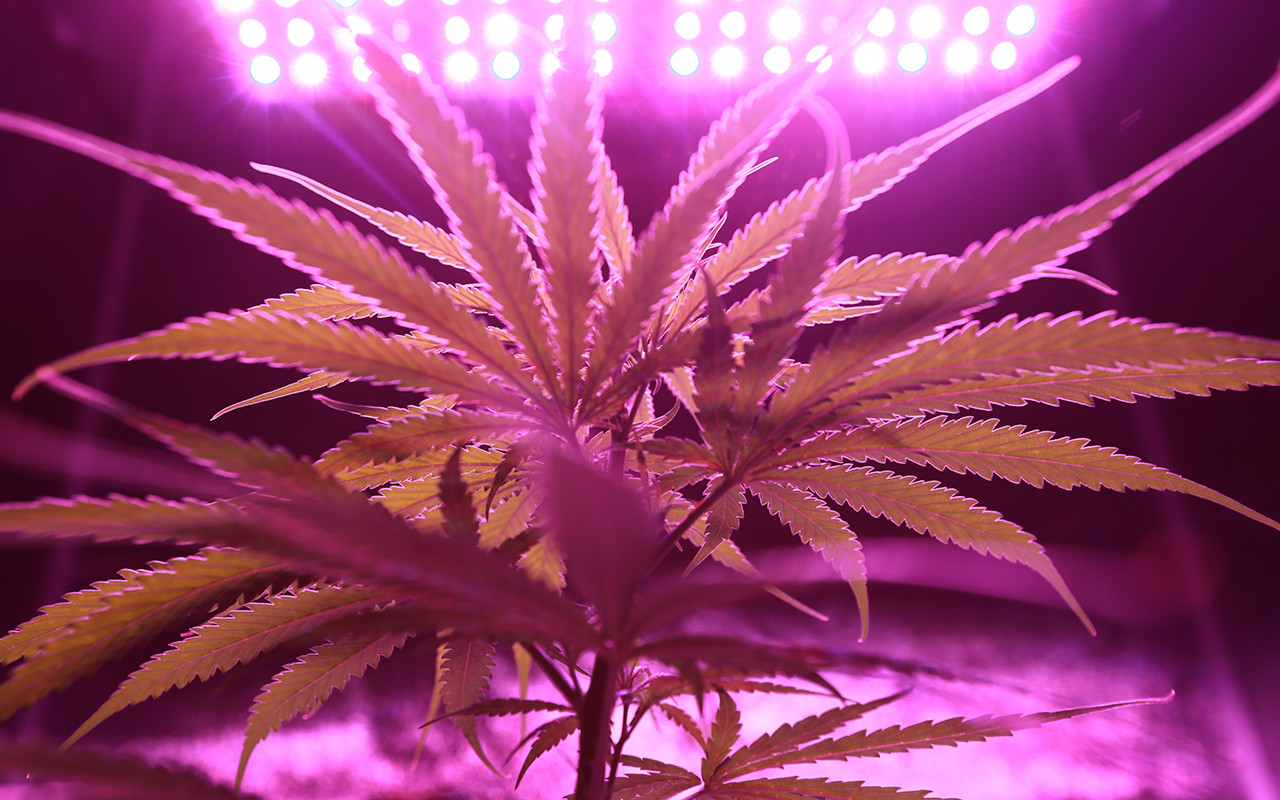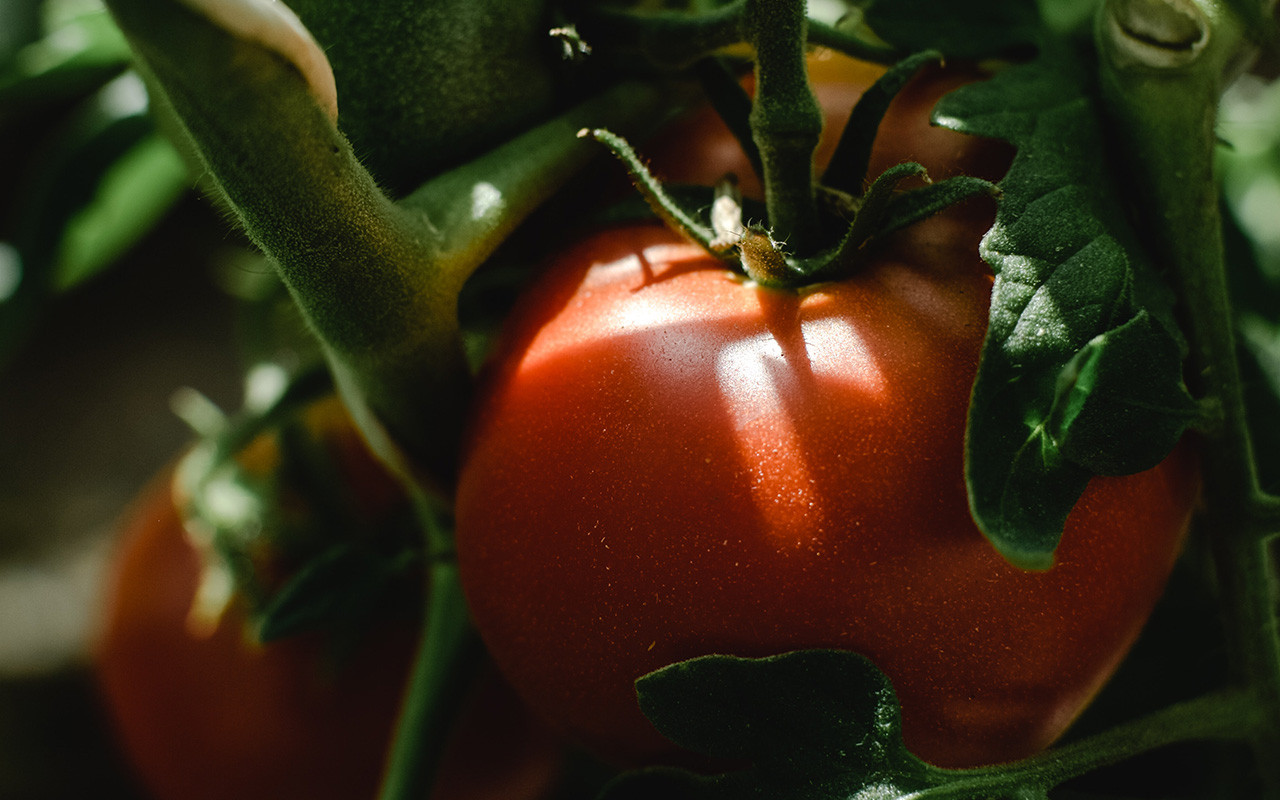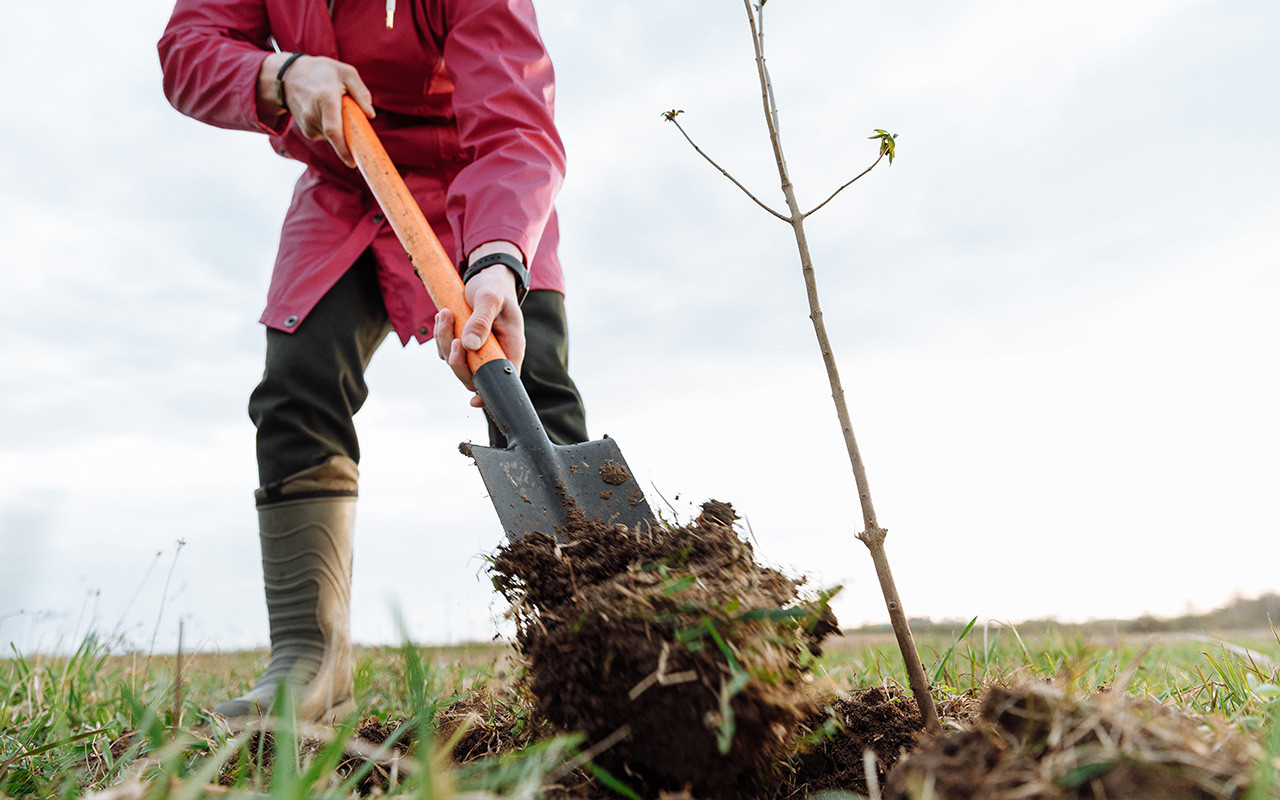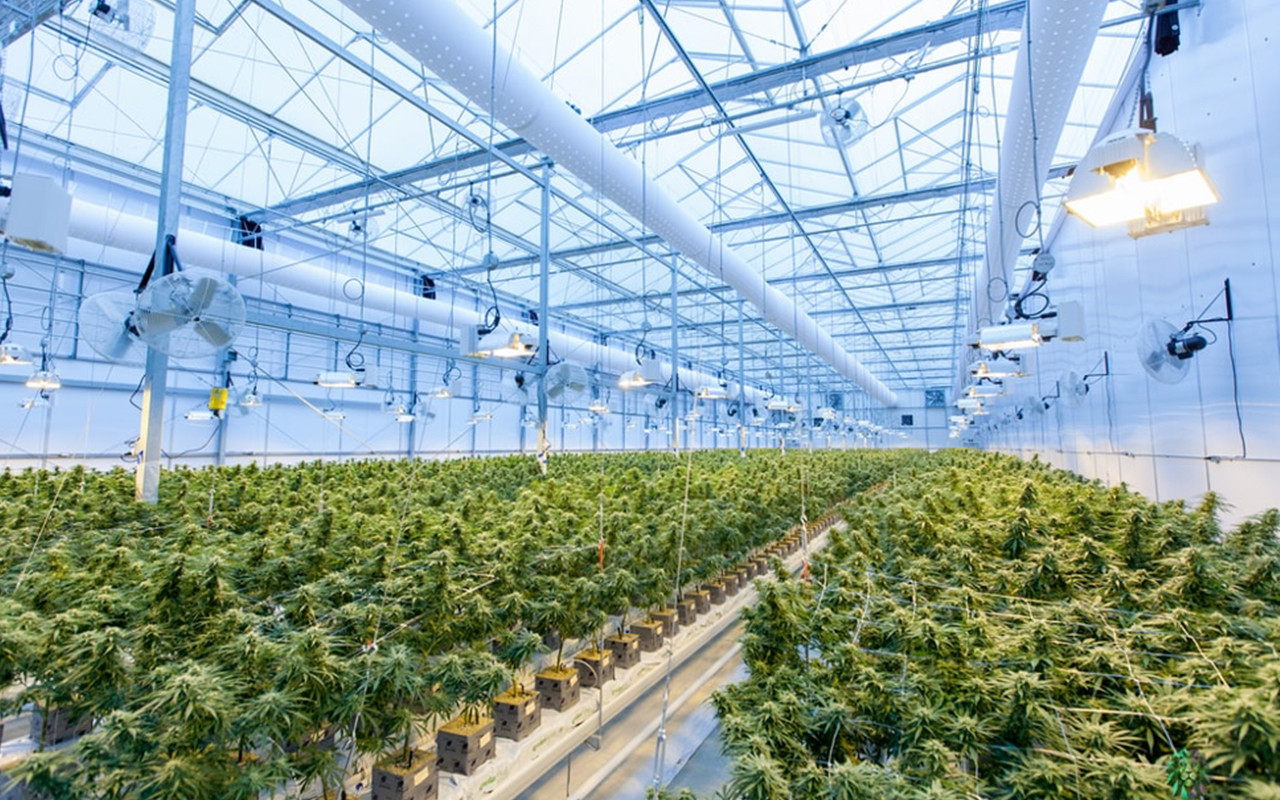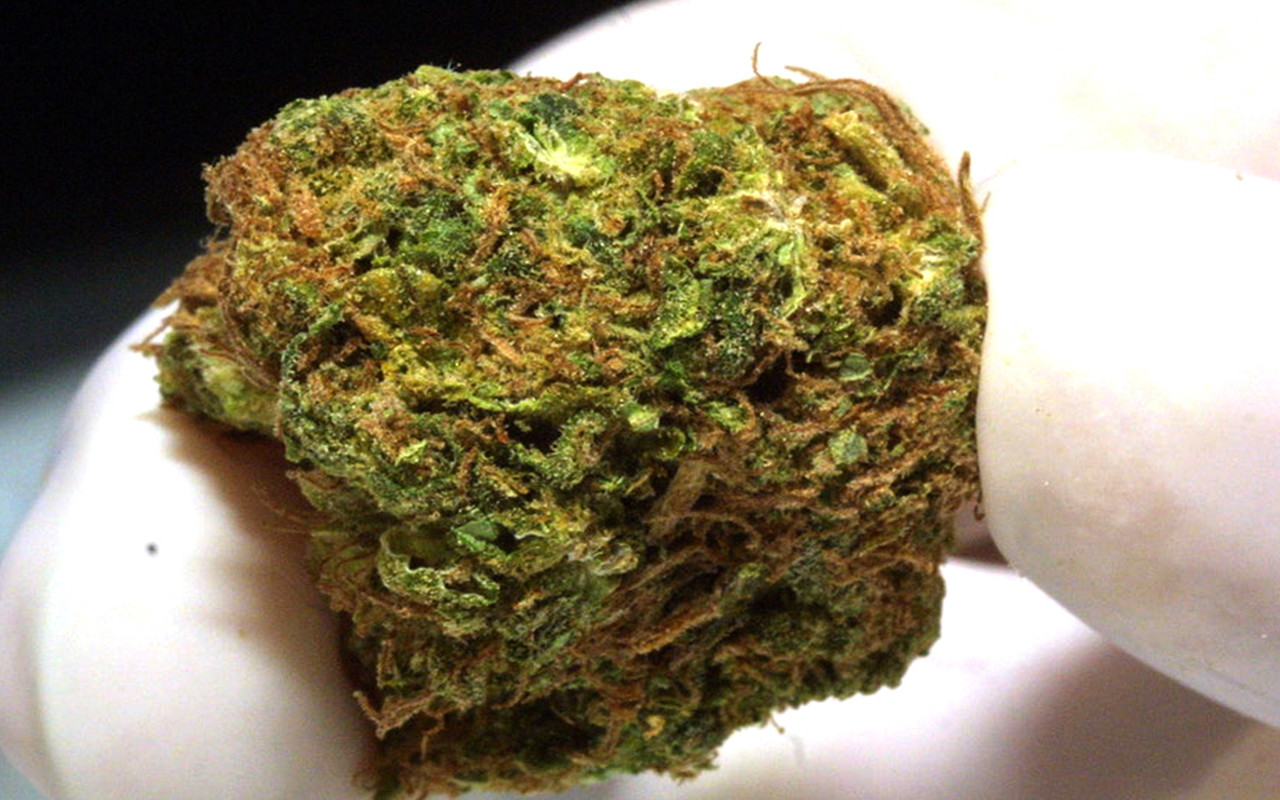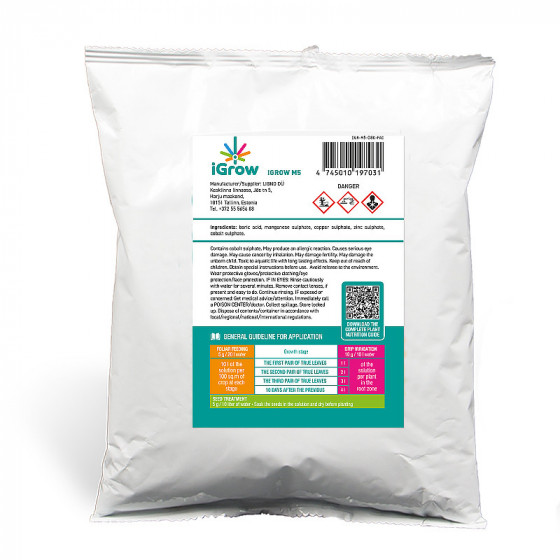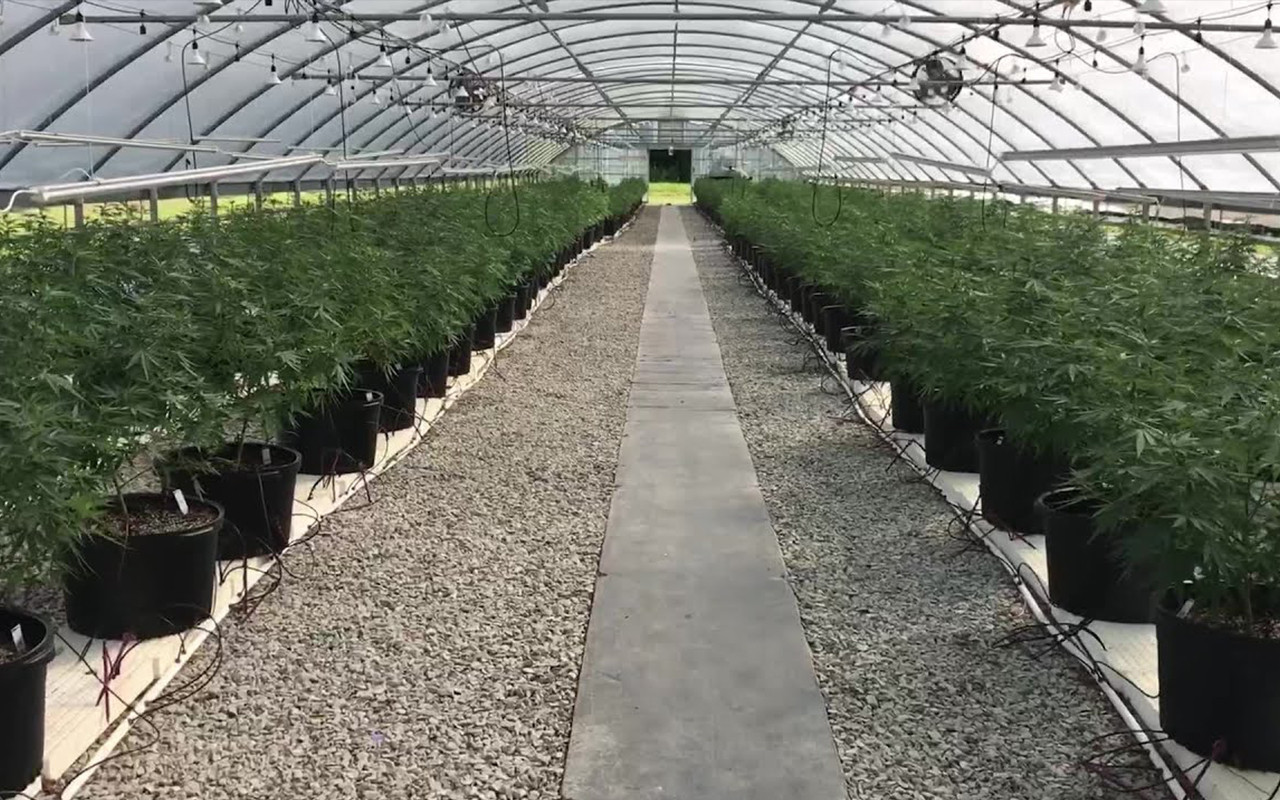
4 Tips for Building the Perfect Hemp Greenhouse
1. Structure
When taking the dimensions of your greenhouse into consideration, you need to look for how many plants you’re going to grow in it. That completely depends on the level of investment you’re willing to put into it. Make sure that the height of your greenhouse is tall enough as its hemp can grow up to 15 feet.
In addition, use a sturdy material like wood or PVC piping to make the structure; it might fail during high winds and rain.
2. Area
The spacing between each plant is very minimal, requiring about 4 inches of clearance; however, you need to be able to walk freely among the rows so that you can inspect each plant freely. An 8ft by 21ft greenhouse should be sufficient to plant 5 rows of 20 seedlings (100 plants) with 4 inches of clearance between them and 3ft of distance between each row.
3. Light Considerations
Hemp requires a lot of sunlight to grow, increasing steadily as the plant matures and starts budding. If you live in an area with ample sunlight, then you need not worry. All you’ll have to do is place your greenhouse in such an area that receives optimal sunlight. If not, then you’ll have to consider taking your operations indoors, especially if you live in cold regions. You’ll require lights with variable intensity to curb electricity charges.
If you’re outdoors, make sure that your greenhouse coverings are of good quality and do not disintegrate easily, and let enough light pass through. You might want to invest in a photometer to detect if enough light intensity is coming in or not.
4. Irrigation
There are few ways to irrigate your crops. You can opt for the conventional and the easiest method, using a plain old garden hose if you build a small to medium-sized greenhouse.
If you’re worried that your soil is not water-retentive enough, then you might want to look towards hydroponics. It entails growing your plants without soil by submersing plant roots in a pool of water. This route is more expensive; however, it lets you control the amount of nutrients you can add, allowing you to monitor your crops more closely.







